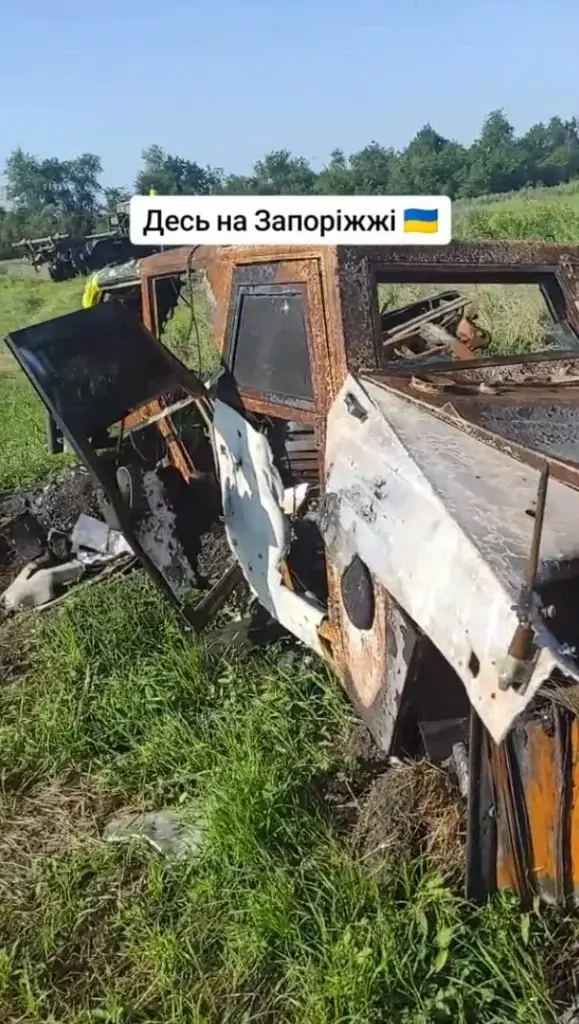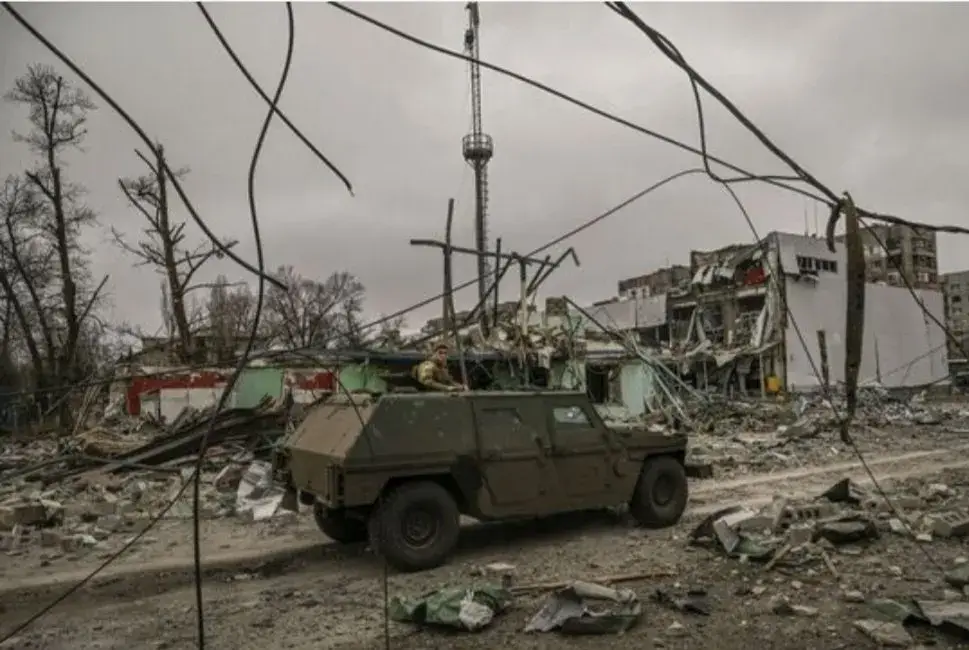The Swiss neutrality is deeply rooted in the DNA of the small country nearly surrounded by friendly NATO members and goes back to the 16th century. In fact, it has not fought in a war for over 200 years.
Even in Russia’s brutal war of aggression against Ukraine, Switzerland refuses to provide any military assistance to Ukraine and focuses instead on humanitarian, as well as financial assistance, while also supporting sanctions against Russia.
Nevertheless, in particular military assistance from Switzerland would still be important even if the importance has noticeably decreased in the past two years since, for example, Rheinmetall financed by the German government has set up an ammunition production line for the Gepard and Cheetah SPAAGs.
However, Switzerland would be a major source for additional deliveries of main battle tanks, as the Swiss company RUAG owns 96 Leopard 1 MBTs, which they bought in 2016 at a price of just 45,000 Swiss francs each in Italy.
After all, the deliveries of Leopard 1A5 MBTs by Germany, Denmark, and the Netherlands will be completed this year. Where will Ukraine then get a decent number of at least reasonably modern MBTs from the West? A question without a proper answer.
However, Switzerland’s Federal Council rejected a purchase request from Rheinmetall for the main battle tanks, as Rheinmetall ultimately wanted to supply them to Ukraine as part of Germany’s military assistance. The reason: Switzerland’s neutrality.
The journey of the Eagles
So it was all the more surprising when in mid-March 2023 pictures of Swiss-made Mowag Eagle I vehicles were taken in Ukraine.
After all, it is a Swiss-made armoured vehicle — a so-called IMV — which, like main battle tanks, ammunition and all other military equipment, is subject to Swiss law and should therefore not have been exported to Ukraine on the grounds of neutrality.
But how did the vehicle end up in the largest theatre of war in Europe since the Second World War? Did Switzerland, without going public, allow the export of important military equipment to Ukraine after all?
Unfortunately, as expected, the answer is no. Following the sighting of the vehicles, the SECO, which is responsible for war material exports, announced an investigation in this regard.
However, even before the investigation was completed, it became clear that the vehicles — 27 in total — were most likely formerly Danish and had been sold on to a German company in April 2013 with the permission of the Swiss authorities.
From an article published later by the NZZ, it became clear that the German company was “FWW Fahrzeugwerke”. Especially controversial: In 2019, FFW Fahrzeugwerke was acquired by General Dynamics European Land Systems, which manufactures the Mowag Eagle IMVs!
The company agreed in its usual practice that it would not resell the vehicles to a third party abroad without the permission of the Swiss authorities. At the end of 2018, the former CEO of FWW Fahrzeugwerke acquired ownership of the 27 IMVs.
In June 2023, the SECO completed its investigation and concluded that 11 of the 27 Mowag Eagle IMVs were exported to Ukraine with the permission of the German authorities. It is not known whether he donated the vehicles free of charge or sold them to the Armed Forces of Ukraine.
In violation of the contract, the former CEO of the German company did not ask the Swiss authorities for permission because he “demilitarized” the vehicles before exporting them to Ukraine.
What does “demilitarized” mean?
Demilitarization basically means nothing more than modifying military material in such a way that the restoration of military characteristics is not possible or only possible at a very high cost.
Because of this demilitarization, for example, you can still see tanks from the Second World War in the museum around the corner in Germany.

In the case of the Mowag Eagle I IMVs, the bullet-proof windows as well as the armoured hulls were replaced and the vehicle’s weapon stations were removed.
The demilitarization, which was carried out properly, was also confirmed by the German Ministry of Defence. Despite this fact, this is apparently not enough to allow the vehicles to be exported to a third country without asking the Swiss authorities for permission.
In this regard, the SECO stated that demilitarization under German law had no influence on the applicability of the Swiss non-re-export declaration.
What are the consequences?
Fortunately, the SECO has already clarified in its final statement that this is not the fault of the German authorities and that the violation of the contract was only committed by the former CEO of FWW Fahrzeugwerke.
He, on the other hand, didn’t get off so lightly. He has been excluded from acquiring any weapons systems produced in Switzerland for an undefined period of time. The Swiss customs was already instructed to block any exports to the former CEO.
He is therefore the best example of what can happen if Swiss neutrality is ignored.
What happens to the IMVs already delivered?
They will remain in Ukraine until they have served their purpose or have been completely destroyed, which is unfortunately not that difficult to archive due to the demilitarized condition.

In August 2023, I was able to ID the first Mowag Eagle I destroyed in Ukraine as footage captured in the Zaporizhzhia region was released. Since then, however, Ukraine has not lost any other of the vehicles, at least according to Oryx.
However, the vehicles last longer than expected, as we see a few new images at least twice a year, as they are for example used by the 1st Assault Battalion for medical evacuations and therefore not just rotting away in some warehouse.
In the end, I just want to repeat what I’ve said before. This case clearly shows what happens when Swiss-made war material is simply exported to Ukraine without permission of the Swiss authorities, as so many people are demanding, especially on X (formerly known as Twitter).
What results from this is most likely absolutely unacceptable for most companies, which is why no one has done it in the past or will do it in the future, even though it would actually be significant.
Accordingly, it will certainly remain one of the very few exceptions, unless the Swiss government reconsiders its position on the issue of neutrality with regard to arms exports.
If you liked this post, consider following me on X, Bluesky, or Telegram. If you like, you can also leave me a tip on Ko-fi.


